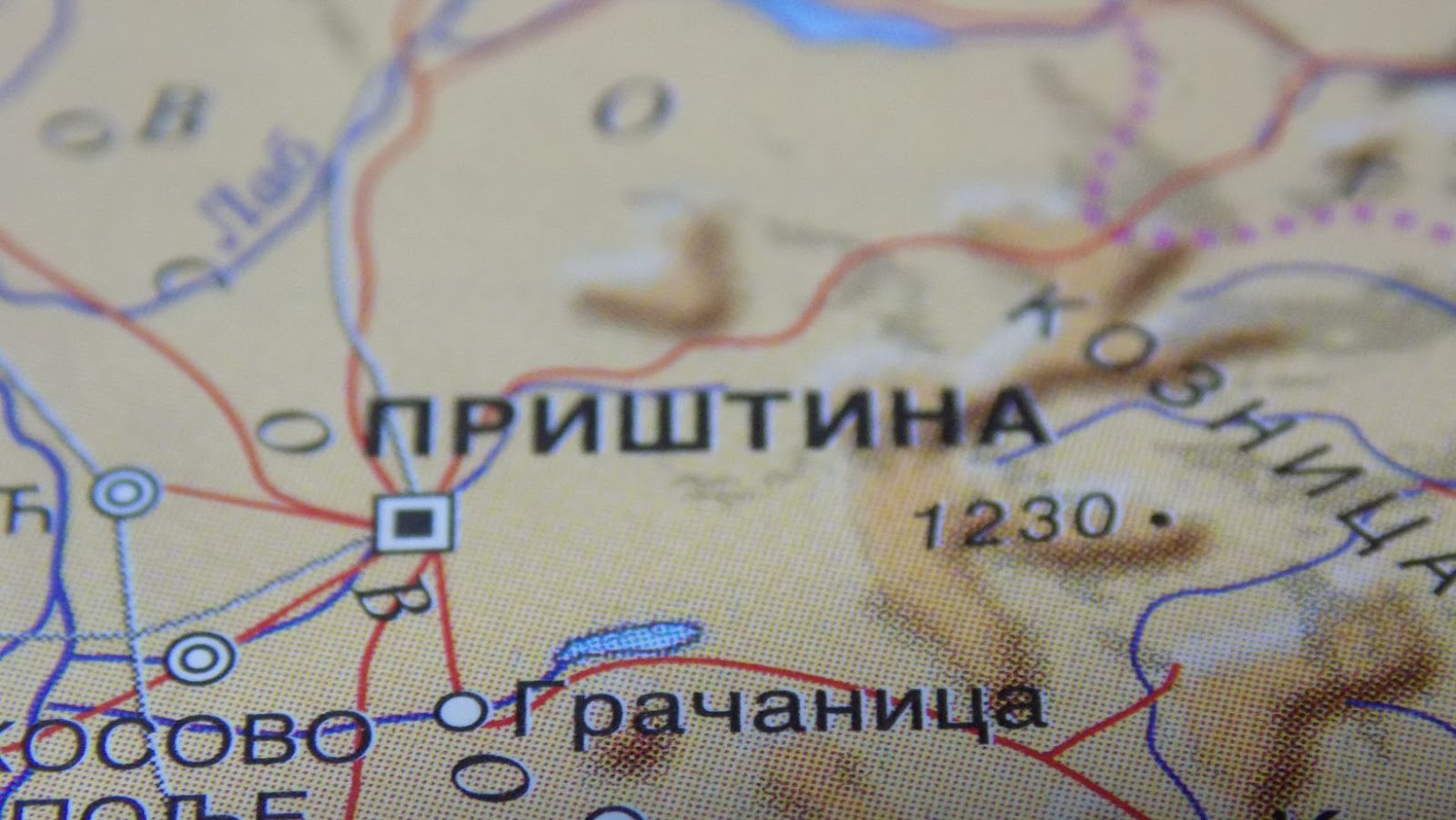Pristina Map
If you’re looking for a comprehensive guide to navigating Pristina, look no further than the Pristina map. This detailed map provides an invaluable resource for both locals and visitors alike, offering a wealth of information about the city’s streets, landmarks, and points of interest. Whether you’re planning your itinerary or simply exploring the city on foot, having a Pristina map in hand ensures that you won’t miss out on any hidden gems.
With the Pristina map, you can easily locate popular attractions such as the National Library of Kosovo or the iconic Newborn Monument. Additionally, this handy tool allows you to navigate through Pristina’s bustling streets with ease, helping you find your way from one neighbourhood to another. From restaurants and parks to museums and shopping districts, the Pristina map is your key to unlocking all that this vibrant city has to offer.
So whether you’re a first-time visitor or a long-time resident, make sure to grab a Pristina map before exploring this captivating destination. It’s an essential companion that will enhance your experience and ensure that you don’t miss any of the must-see sights in this thriving capital city.
The Location of Pristina on the Map
Pristina, the capital city of Kosovo, is situated in the heart of the Balkan Peninsula. Let’s explore its location on the map and discover its geographic significance.
Pristina is located at approximately 42°40’N latitude and 21°10’E longitude. It lies in southeastern Europe, bordered by Serbia to the north and east, Macedonia to the south, Albania to the west, and Montenegro to the northwest. This strategic position places Pristina at a crossroads between different cultures and makes it an important regional hub.
Here are a few key points about Pristina’s location:
- Central Balkans: Pristina serves as a central point within the Balkan region. Its proximity to neighbouring countries enables easy access for travellers and fosters cultural exchange.
- Accessible Transportation: The city benefits from excellent transportation links, including highways, railways, and an international airport. These connections facilitate movement both domestically and internationally.
- Mountainous Surroundings: Pristina lies in a valley surrounded by picturesque mountains such as Mount Ljuboten and Mount Kopaonik. These natural features contribute to its unique landscape and offer opportunities for outdoor activities.
- Continental Climate: Situated inland away from major bodies of water, Pristina experiences a continental climate with cold winters and hot summers. This weather pattern influences local agriculture and tourism seasons.
- Historical Significance: Due to its location along historical trade routes connecting Europe with Asia Minor, Pristina has witnessed significant cultural exchanges throughout history.
In conclusion, Pristina occupies a vital space on the map as an important capital city positioned at the crossroads of different nations in Southeast Europe’s Balkan region. Its accessible transportation links, stunning natural surroundings, continental climate, and historical significance make it a destination worth exploring.


